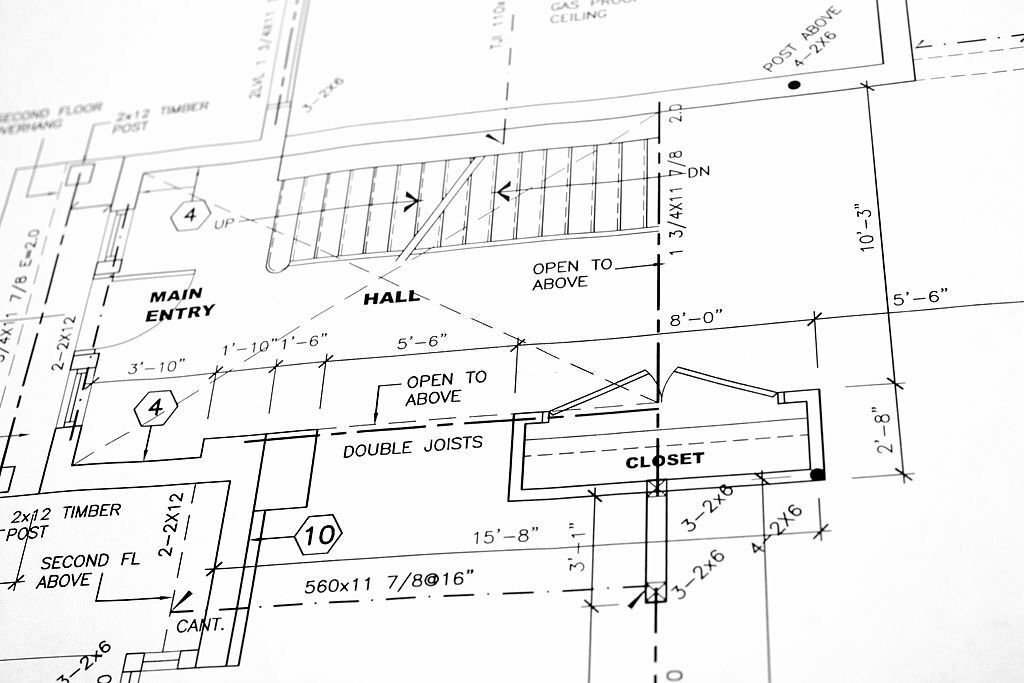
Embracing Your Personal Style
When renovating your fixer-upper, it’s important to create a cohesive design plan that reflects your personal style. This will help ensure that your home feels unified and welcoming.
To begin, take some time to reflect on your design preferences. What colors do you love? What textures and finishes appeal to you? Do you prefer a modern or traditional aesthetic? Once you have a good understanding of your style, you can start to develop a cohesive design plan for your fixer-upper.
One way to create a cohesive design plan is to choose a central theme or motif. This could be a specific color palette, material, or architectural style. For example, if you love the industrial look, you could incorporate exposed brick walls, metal accents, and vintage furniture into your design.
Another important element of a cohesive design plan is balance. This means creating a sense of harmony and equilibrium throughout your home. To achieve balance, consider the following factors:
- Scale and proportion: Make sure that furniture and other décor are appropriately sized for your space. Avoid overcrowding rooms with too much furniture, or using pieces that are too large or too small.
- Color and pattern: Use color and pattern to create visual interest and excitement. However, be mindful of not overdoing it. Too much color and pattern can be overwhelming.
- Texture and finish: Combine different textures and finishes to add depth and dimension to your space. For example, you could pair a smooth leather sofa with a rough-hewn wooden coffee table.
Designing for Function and Flow

In addition to aesthetics, it’s important to consider function and flow when creating a design plan for your fixer-upper. Think about how you want to use each space and how you want people to move through your home.
When designing for function, consider the following factors:
- Traffic flow: Make sure that furniture and other objects are arranged in a way that allows people to move through your home easily. Avoid creating bottlenecks or blocking traffic patterns.
- Task lighting: Provide adequate task lighting in areas where you’ll be performing specific tasks, such as cooking, reading, or working.
- Storage: Make sure to have enough storage space for all of your belongings. Consider built-in storage solutions, as well as free-standing furniture pieces.
When designing for flow, consider the following factors:
- Visual connections: Create visual connections between different spaces in your home. This will help your home feel more open and airy.
- Focal points: Create focal points in each room to draw the eye and add interest. This could be a piece of art, a fireplace, or a large window.
- Transitional spaces: Transitional spaces, such as hallways and doorways, can help to connect different areas of your home and create a sense of flow. Consider how you can use these spaces to enhance the overall design of your home.
Putting It All Together

Once you’ve considered your personal style, functional needs, and desired flow, you can start to put together a cohesive design plan for your fixer-upper. Here are a few tips:
- Create a mood board: A mood board is a great way to visualize your design plan and experiment with different ideas. Collect images of colors, textures, finishes, and furniture pieces that you like. Arrange them on a board or in a digital collage to see how they look together.
- Make a floor plan: A floor plan can help you to visualize the layout of your furniture and other décor. It can also help you to identify any potential traffic flow issues.
- Create a budget: Before you start shopping, it’s important to create a budget for your renovation. This will help you to stay on track and avoid overspending.
- Be flexible: Things don’t always go according to plan when renovating a fixer-upper. Be prepared to make adjustments to your design plan as needed.
Conclusion
Creating a cohesive design plan for your fixer-upper can be a fun and rewarding experience. By embracing your personal style, considering function and flow, and putting it all together with care, you can create a home that you’ll love for years to come.
Additional Tips
- Don’t be afraid to mix and match styles. One of the best things about fixer-uppers is that they offer the opportunity to create a truly unique and personalized space. Don’t be afraid to mix and match different styles to create a look that you love.
- Start with the basics. When renovating a fixer-upper, it’s important to start with the basics, such as repairing any structural damage and updating the electrical and